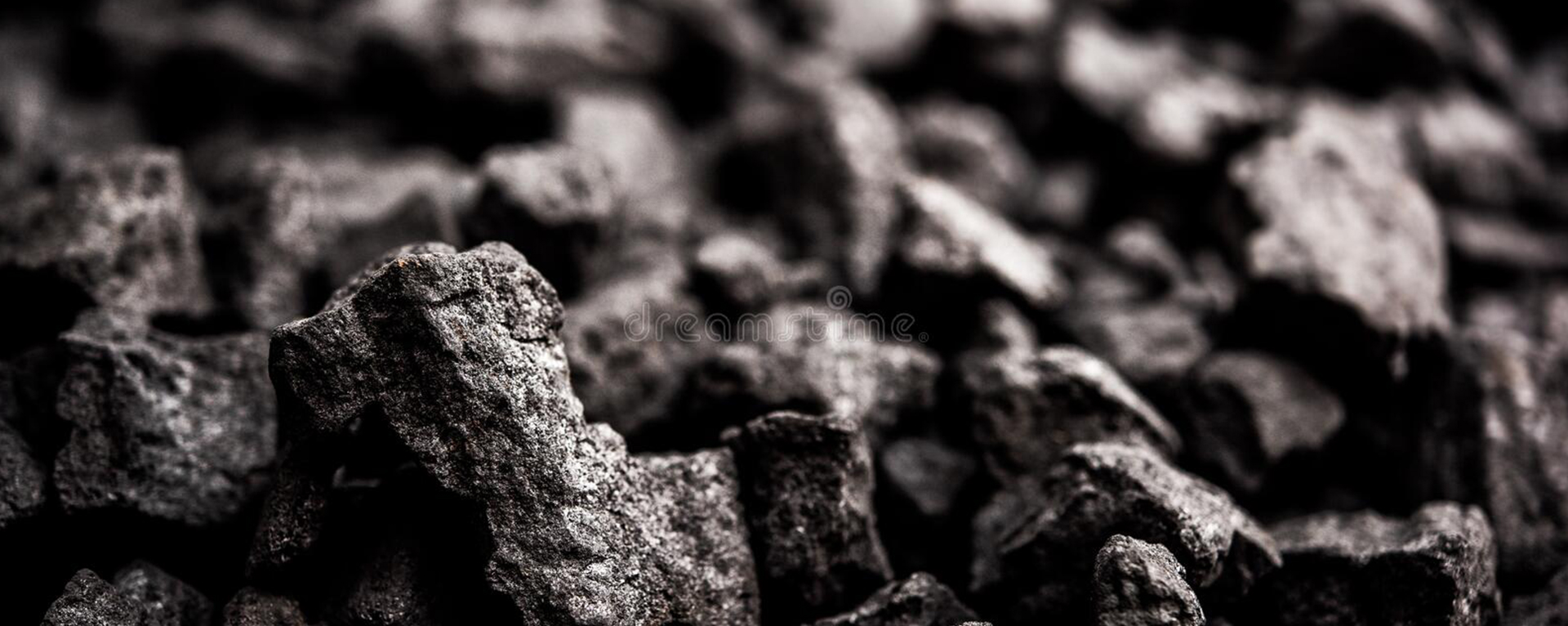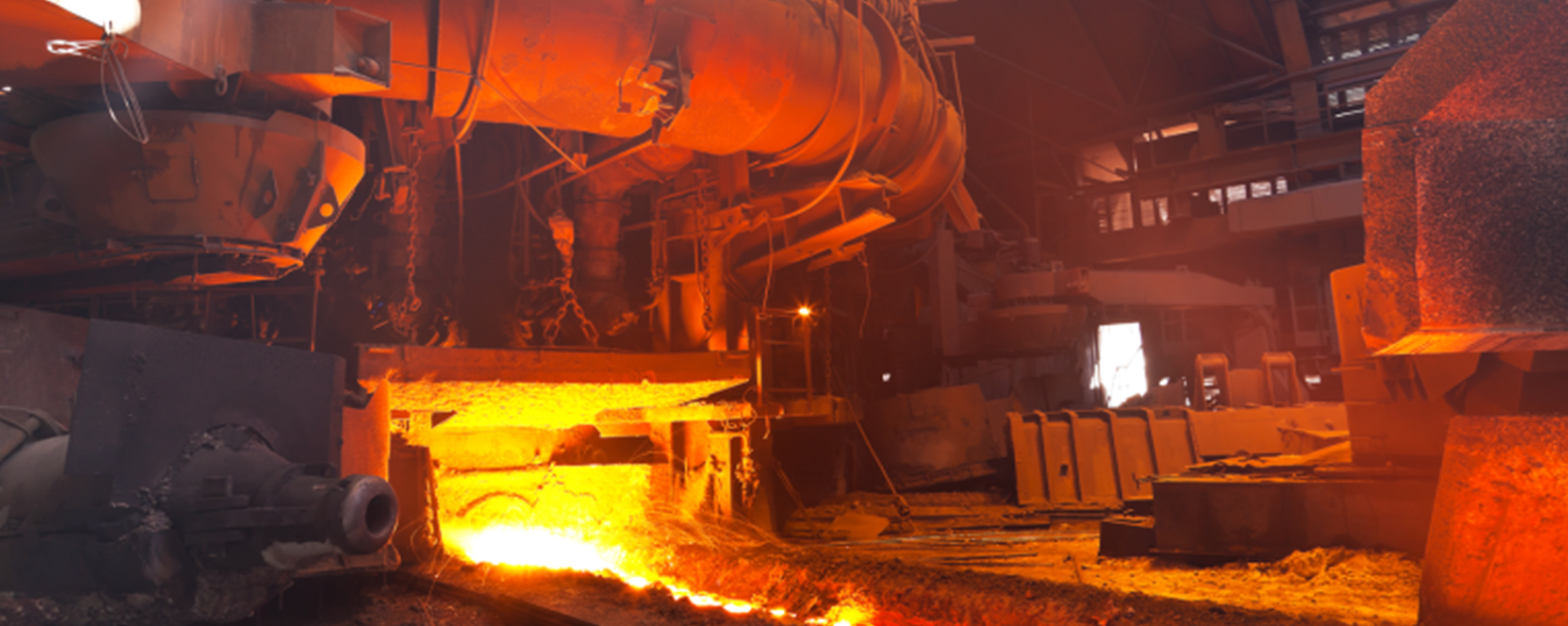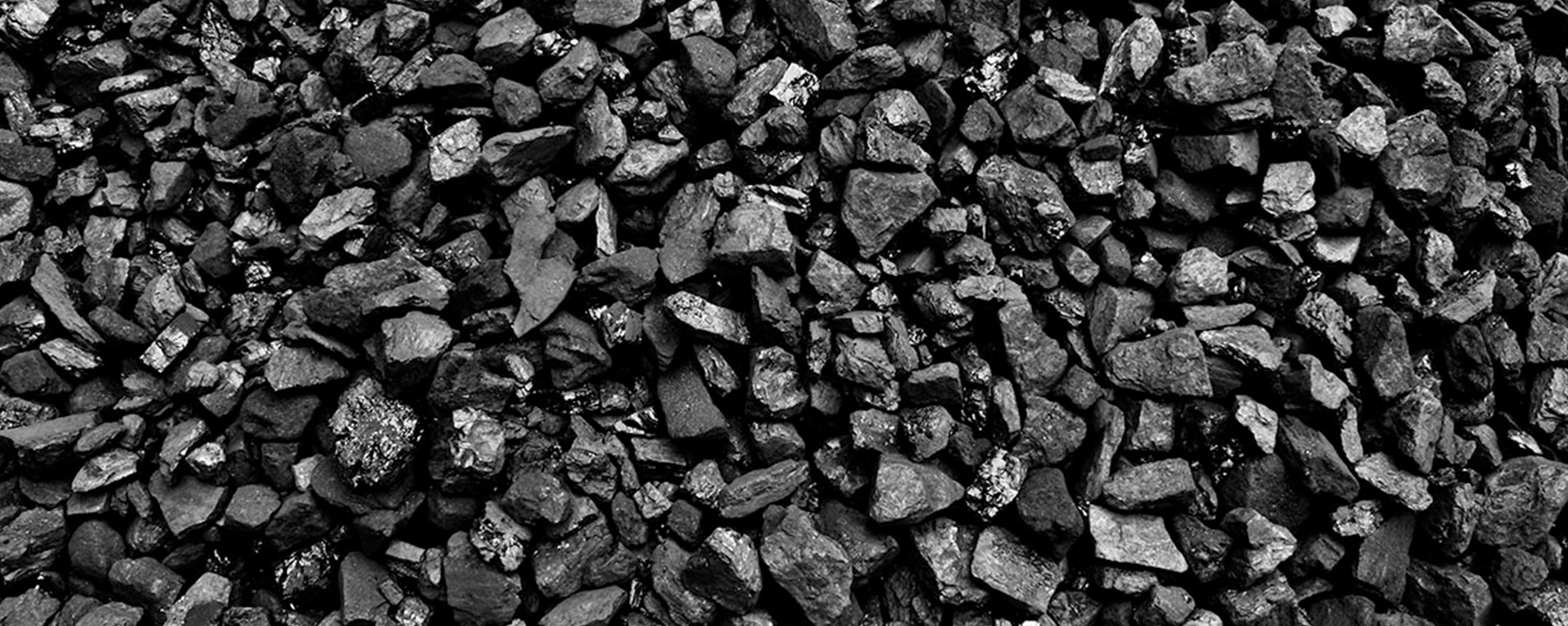Coke
Coke is a grey, hard, and porous coal-based fuel with a high carbon content and few impurities, made by heating coal or oil in the absence of air—a destructive distillation process. It is an important industrial product, used mainly in iron ore smelting, but also as a fuel in stoves and forges when air pollution is a concern. The unqualified term "coke" usually refers to the product derived from low-ash and low-sulphur bituminous coal by a process called coking. A similar product called petroleum coke, or pet coke, is obtained from crude oil in oil refineries. Coke may also be formed naturally
What is Coke ?
By distilling bituminous coal in retorts to obtain gas for illumination, or by burning it in kilns or pits, the residue left behind is called coke, which is simply coal charcoal, and is nearly pure carbon. In the distillation of coal, about one-third of its weight is driven off in the form of vapor and gas, yielding carbureted hydrogen, naptha, ammonia, and Bome other products. These originally formed the bitumen of the coal, which does not exist in anthracite; this latter being a natural coke produced, it is believed, from soft or bituminOblS coal, by subterranean distillation under great pressure.
Usage Of Coke
Coke is used as a fuel and as a reducing agent in smelting iron ore in a blast furnace.[25] The carbon monoxide produced by combustion of coke reduces iron oxide (hematite) to produce iron. Coke is commonly used as fuel for blacksmithing. Coke was used in Australia in the 1960s and early 1970s for house heating,[citation needed] and was incentivized for home use in the UK (so as to displace coal) after the 1956 Clean Air Act, which was passed in response to the Great Smog of London in 1952. Since smoke-producing constituents are driven off during the coking of coal, coke forms a desirable fuel for stoves and furnaces in which conditions are not suitable for the complete burning of bituminous
Properties Of Coke
The bulk specific gravity of coke is typically around 0.77. It is highly porous. Both the chemical composition and physical properties are important to the usefulness of coke in blast furnaces. In terms of composition, low ash and Sulphur content are desirable. Other important characteristics are the M10, M25, and M40 test crush indexes, which convey the strength of coke during transportation into the blast furnaces; depending on blast furnaces size, finely crushed coke pieces must not be allowed into the blast furnaces because they would impede the flow of gas through the charge of iron and coke. A related characteristic is the Coke Strength After Reaction (CSR) index; it represents coke's





